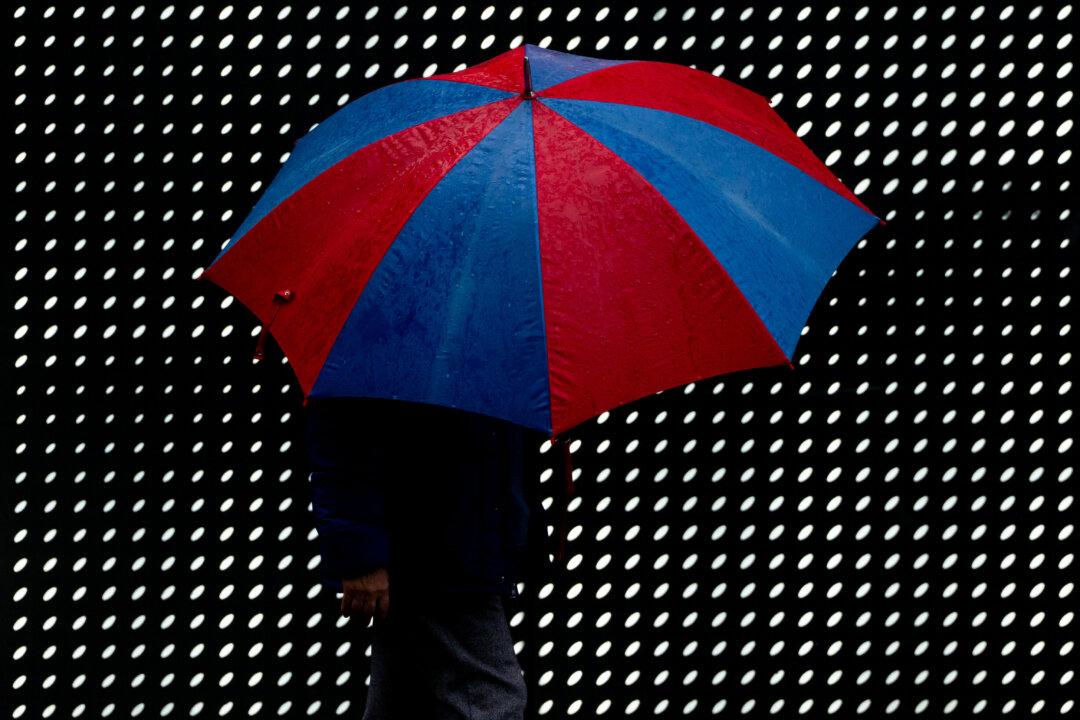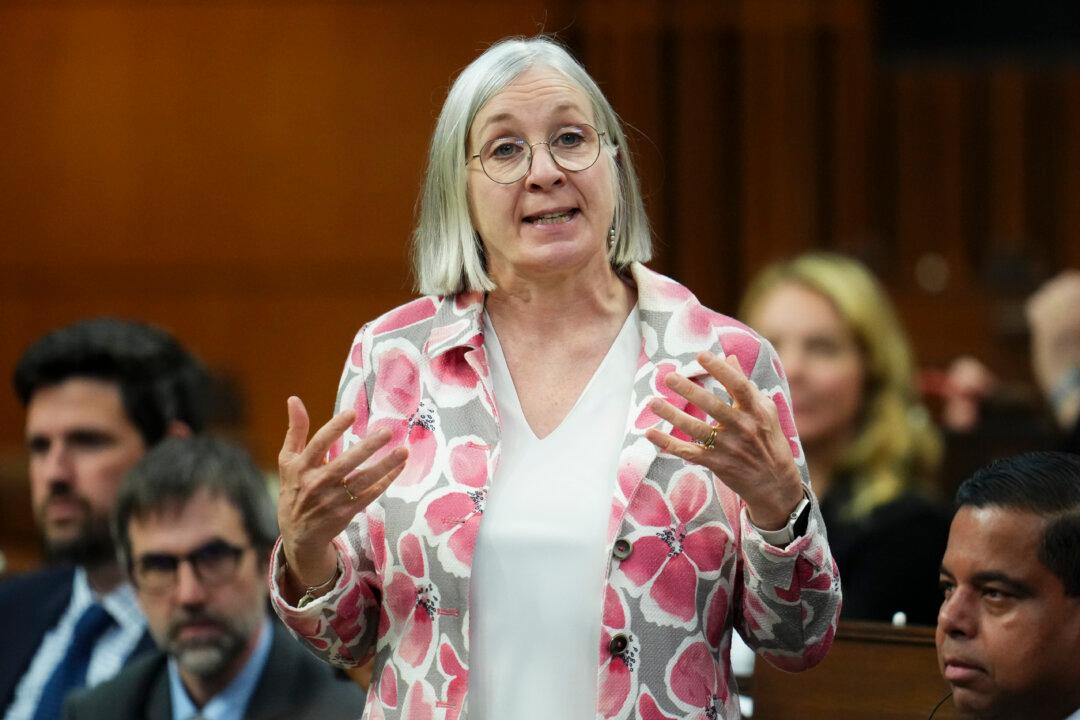WINNIPEG—More than 30,000 Manitoba homes and businesses remained without power Sunday in the wake of a snowstorm that the province’s Crown energy utility said had left an unprecedented amount of damage to transmission lines, towers, and more, and will take days to repair.
“In some areas, we have more lines and poles down than standing,” Manitoba Hydro chief executive officer Jay Grewal said Sunday.





